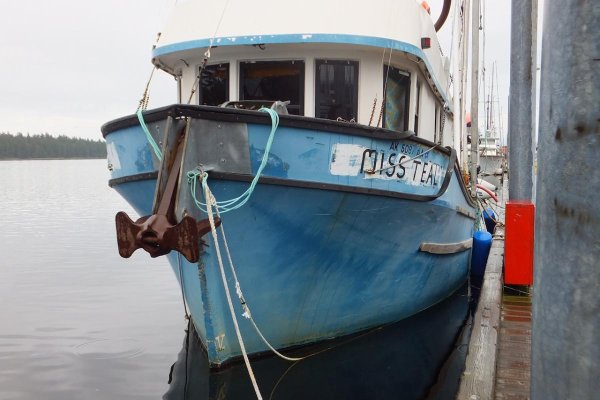Hippocampus
Guru
- Joined
- Jul 27, 2020
- Messages
- 3,908
- Location
- Plymouth
- Vessel Name
- Hippocampus
- Vessel Make
- Nordic Tug 42
pSN get your point and it’s valid but most folks only take out the Danforth/Fortress for mud. It’s holding power in gravel, weed , grass , dead coral bits sucks. Exactly for the reason you mention. It’s a bear to get a set with those bottoms.
Anchoring is a coastal concern. Totally agree at this point having a next gen as your primary is the way to go. Don’t care what the tests show beyond what it might mean in day to day use. Only care what the holding power is when I drop the anchor where I am. Far as I know an anchor that doesn’t set has no holding power so think a danforth style makes little sense as a day to day for most people. Only exception is in the dinghy where it lies flat and doesn’t take up useful room.
Anchoring is a coastal concern. Totally agree at this point having a next gen as your primary is the way to go. Don’t care what the tests show beyond what it might mean in day to day use. Only care what the holding power is when I drop the anchor where I am. Far as I know an anchor that doesn’t set has no holding power so think a danforth style makes little sense as a day to day for most people. Only exception is in the dinghy where it lies flat and doesn’t take up useful room.
Last edited:


